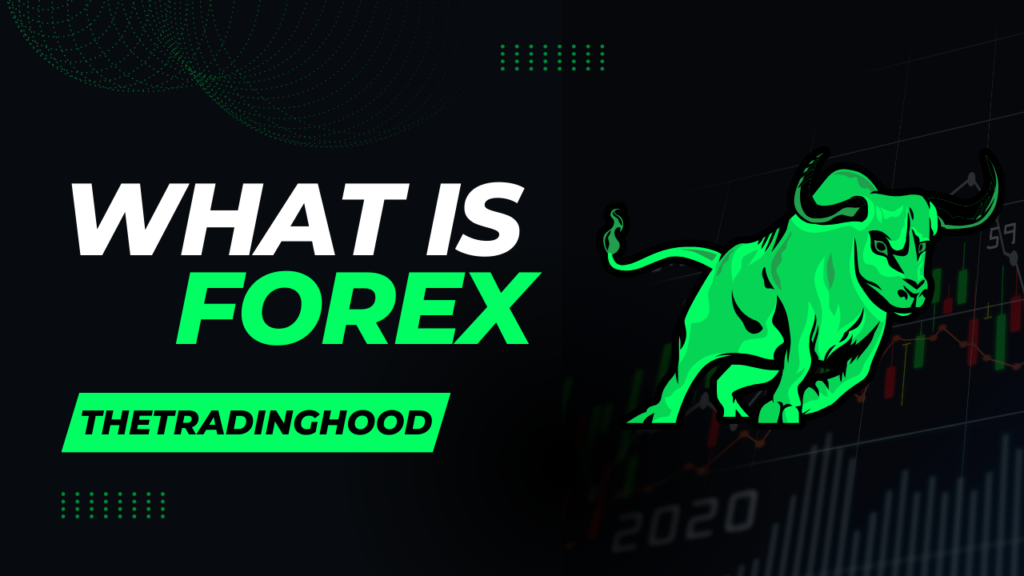What is Forex? A Beginner’s Guide
Forex, also known as the world’s largest currency market. Best practices and beginner-friendly trading strategies await in this global financial hub!

Forex, where the global market for currency exchange opens doors for financial opportunities. In this beginner’s guide, we will demystify Forex, delve into effective trading strategies, and explore best practices tailored for those taking their first steps into this vast financial landscape.
Understanding Forex
Forex, or foreign exchange, is akin to a bustling marketplace where various global currencies engage in a perpetual dance of buying and selling. Imagine this market as a vast financial arena, open 24/5, where traders worldwide engage in the exchange of currencies. The primary goal is to capitalize on fluctuations in currency values and seize profitable opportunities.
Currency pairs lie at the heart of trading. These pairs consist of two currencies, where one is bought while the other is sold. The most traded currency pairs involve major world currencies, such as the US Dollar (USD), Euro (EUR), and Japanese Yen (JPY).
Exchange rates determine the relative value of these currencies. They fluctuate based on various factors, including economic indicators, geopolitical events, and market sentiment. Understanding these dynamics is crucial for traders seeking to make informed decisions.
Moreover, Forex isn’t confined to a specific location or centralized exchange. It operates globally through an interconnected network of banks, financial institutions, governments, corporations, and individual traders.
For beginners, grasping the basics of Forex involves familiarizing yourself with terms like ‘bid’ and ‘ask’ prices, spreads, and pips. The bid price represents the maximum a buyer is willing to pay, while the ask price is the minimum a seller is willing to accept. The difference between them is known as the spread, and a pip represents the smallest price move in Forex.
In essence, Forex is a dynamic marketplace where understanding the intricacies of currency pairs, exchange rates, and market participants lays the foundation for successful trading endeavors. As we journey deeper into the world of Forex, this guide will unravel more layers, making the seemingly complex market more accessible for beginners.
Navigating Forex for Beginners
For newcomers, starting with the basics is crucial. Learn about currency pairs, the building blocks of trading, and grasp how exchange rates fluctuate. Gain insights into major, minor, and exotic pairs to make informed decisions.
Best Practices for Beginner Traders
a. Setting Realistic Goals:
Establish achievable objectives and milestones. Understand that success is a gradual process.
b. Risk Management:
Learn the art of protecting your investments. Utilize tools like stop-loss orders to minimize potential losses.
c. Stay Informed:
Keep abreast of economic indicators and global events. Awareness of market trends is key to making informed decisions.
Essential Trading Strategies
a. Technical Analysis:
Explore charts and historical data to identify trends. Technical analysis helps predict future price movements based on past performance.
b. Fundamental Analysis:
Understand the impact of economic factors on currency values. Stay informed about interest rates, economic reports, and geopolitical events.
c. Demo Trading:
Practice makes perfect. Use demo accounts to hone your skills without risking real money.
Conclusion:
Embarking on a trading journey as a beginner may seem daunting, but armed with knowledge and a strategic approach, success is attainable. This guide has provided insights into the fundamentals of Forex, best practices, and effective trading strategies. As you navigate this dynamic market, remember that continuous learning and adaptability are key to your growth . Happy trading!